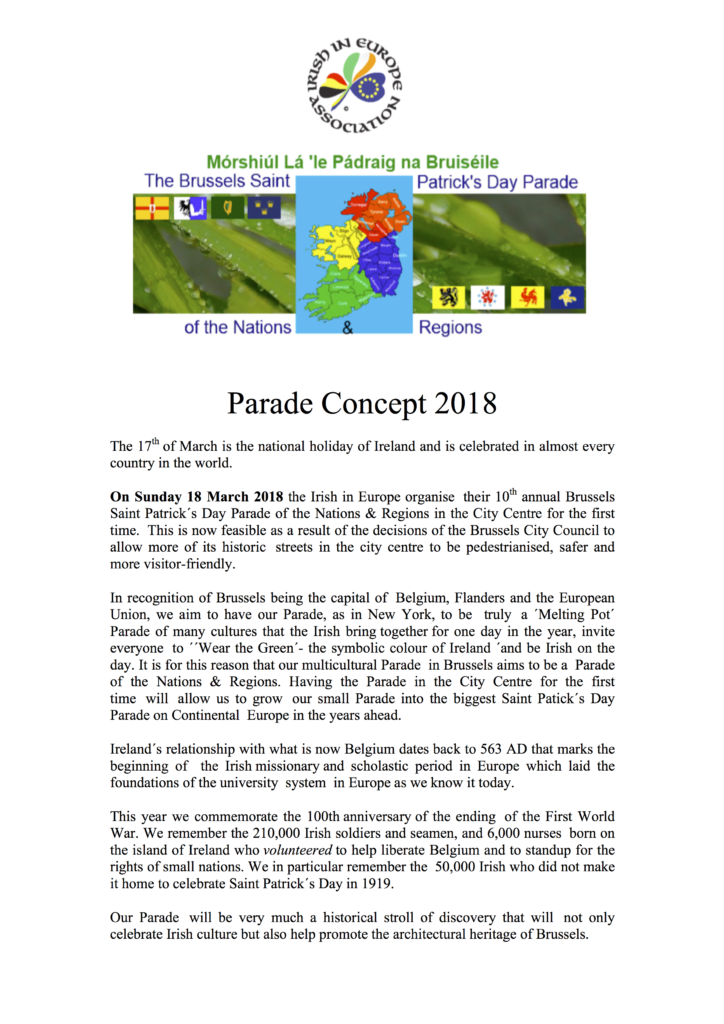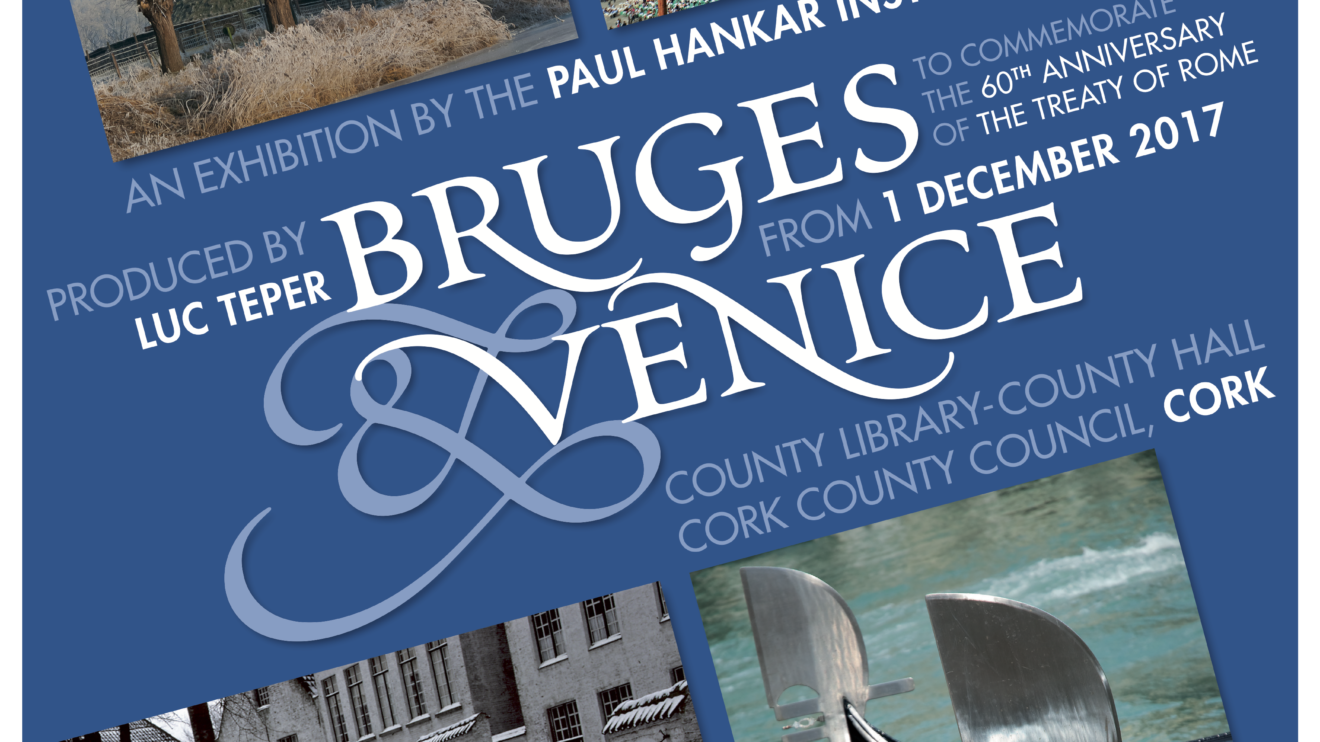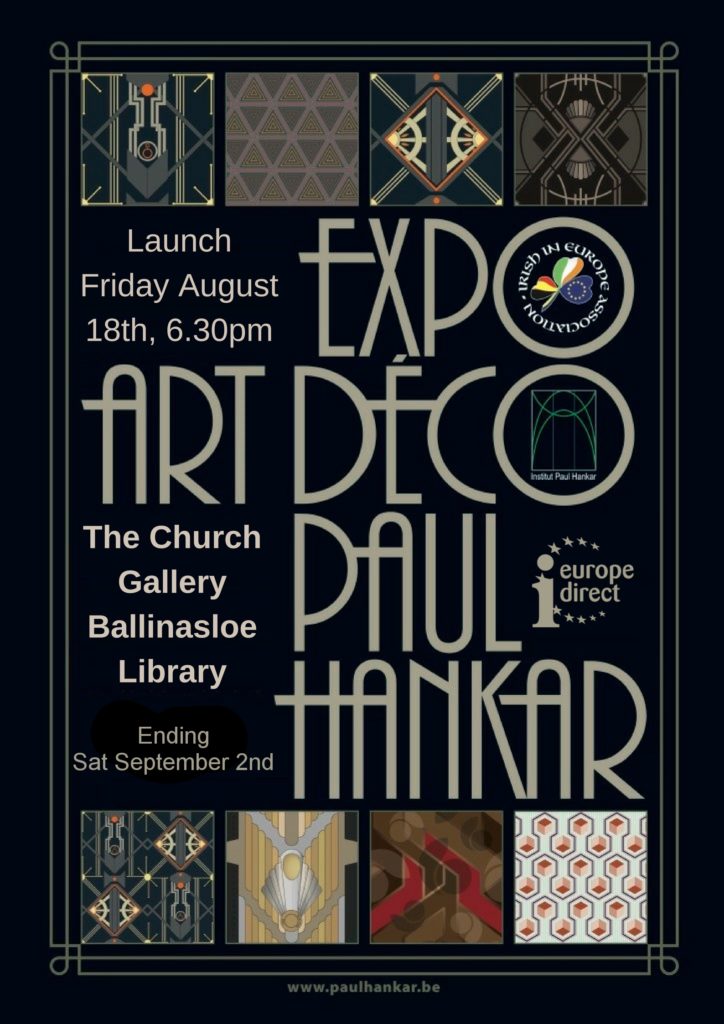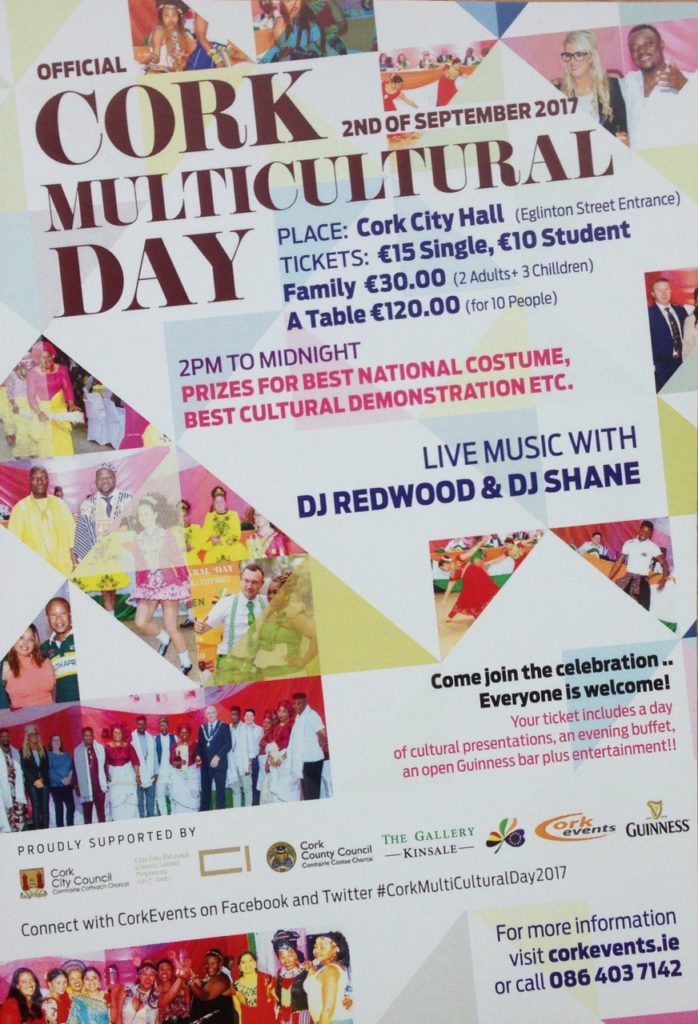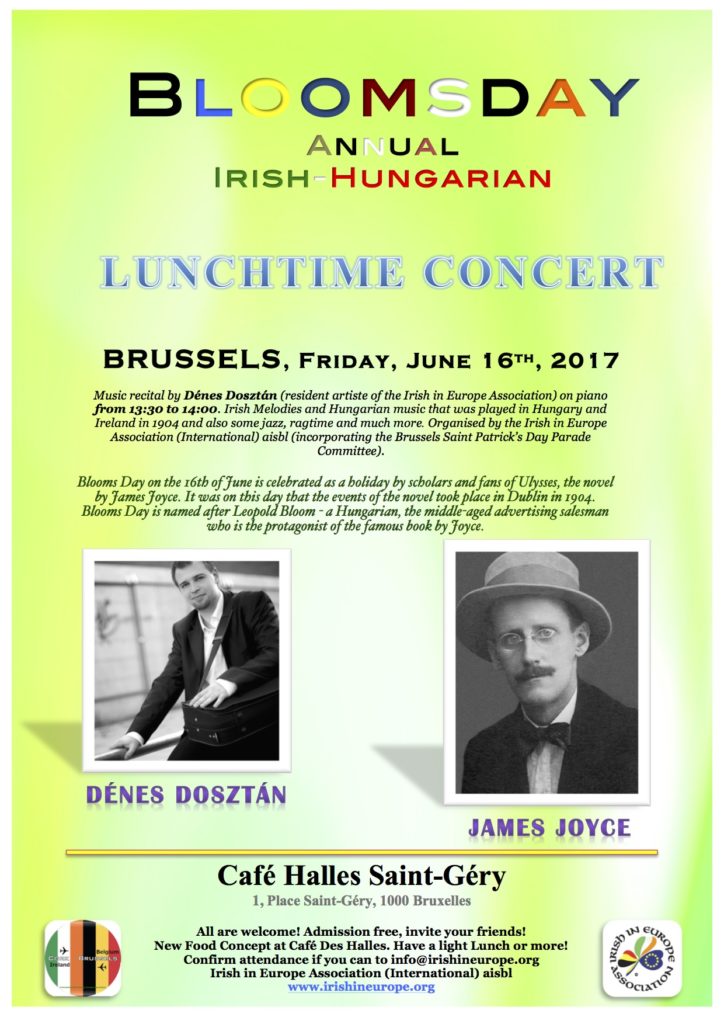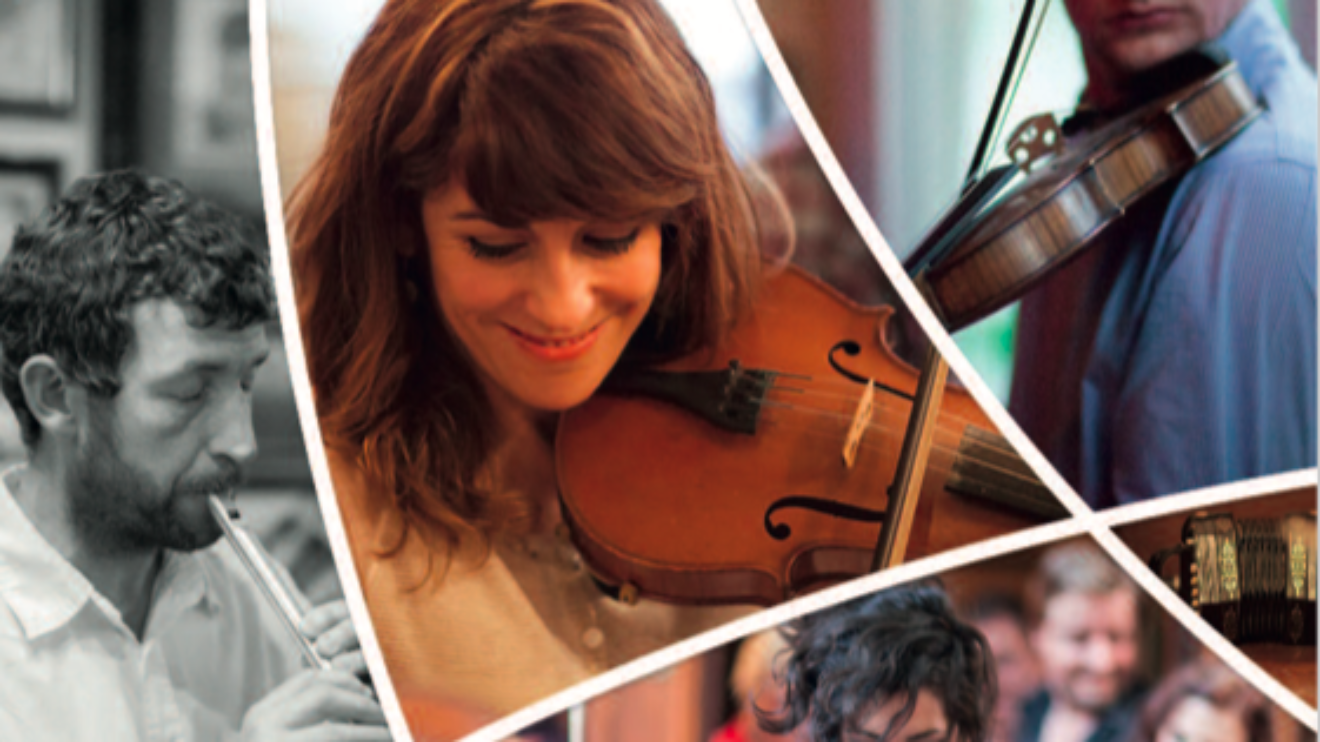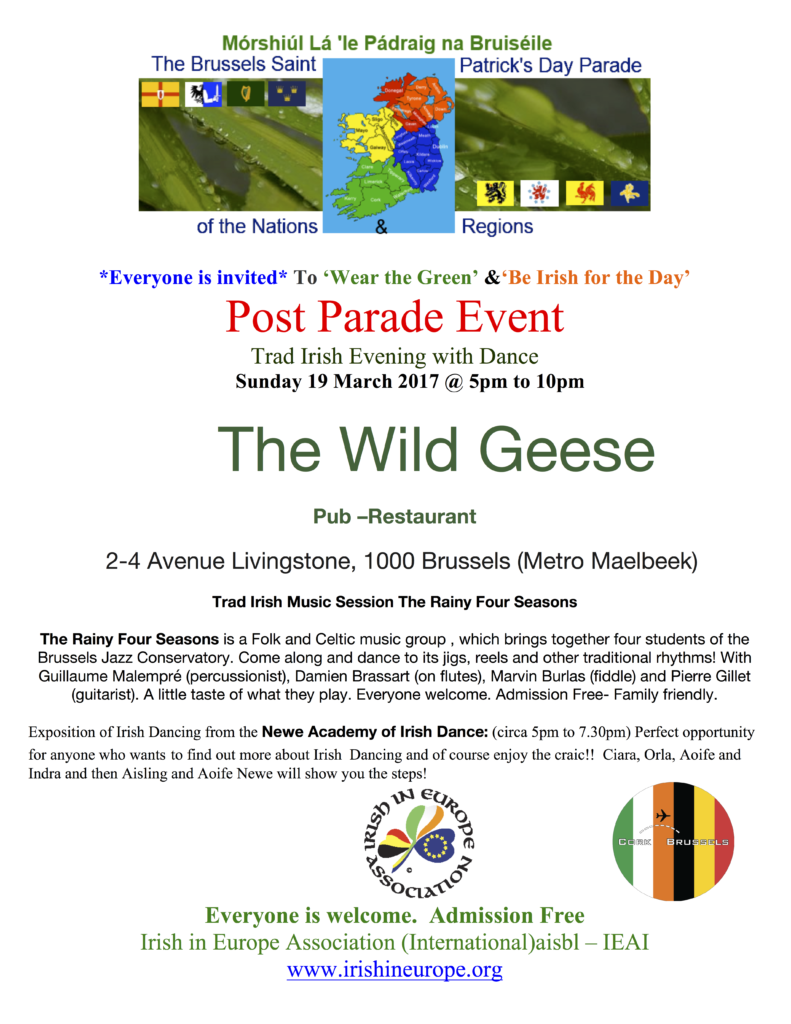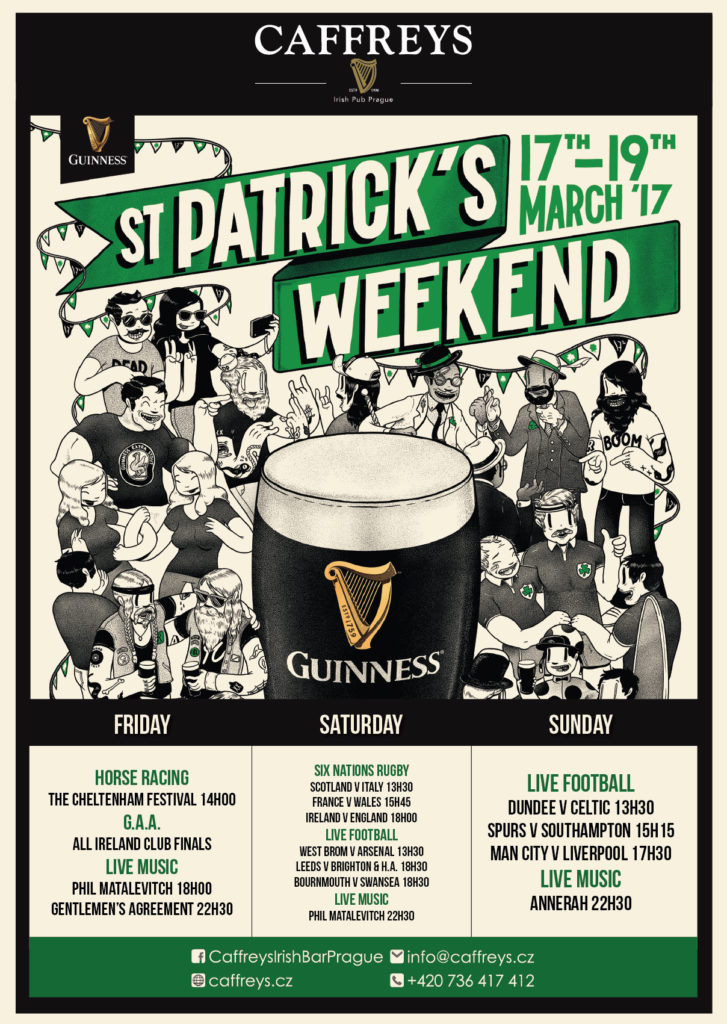Press Release Bruges-Venice Treaty of Rome ´ Commemoration Exhibition comes to Cork
Opening: Friday 1 December 2017 at 5pm to Friday 5 January,2018.
Venue: County Library, County Hall, Cork County Council, Cork, Ireland
The *Bruges-*Venice Treaty of Rome Commemoration Exhibition was commissioned by the Paul Hankar Institute of Brussels and supported by the City of Brussels and others to commemorate the 60th. anniversary of the signing of the Treaty of Rome.
It forms part of the Irish in Europe Association (IEAI*) Cultural Exchange Programme between Ireland and Europe. The Paul Hanker Institute have already brought to Cork City & County the following Exhibitions ´Brussels Like a Tree, Art Nouveau, and the Art Deco Exhibition and which have subsequently gone on tour in Ireland.
The Treaty of Rome, officially the Treaty establishing the European Economic Community (TEEC), is an international agreement that brought about the creation of the European Economic Community (EEC), the best-known of the European Communities (EC). It was signed on 25 March 1957 by Belgium, France, Italy, Luxembourg, the Netherlands and West Germany and came into force on 1 January 1958. It remains one of the two most important treaties in the modern-day European Union (EU).
In addition to commemorating signing of the Treaty of Rome, the other main objective of this exhibition is to grow relations between Cork and Belgium and Cork and Italy. The Brussels created exhibition also supports the need to sell the sizzle for the restoration of direct flights between Cork and Brussels and indeed introduce new flights with other destinations in Europe.
Brexit now challenges Ireland to engage even more in Europe and in particular to grow new markets for its many products and services and more so in the food area which is more of direct concern to the Cork Food Capital Region as a major quality food production area.
The exhibition itself consists of an introductory narrative of Bruges (in Flanders) and Venice with colourful photos of both cities. It is considered that Cork is the most appropriate city to launch this exhibition in Ireland as Bruges is known as the Venice of the North and Cork has been described as the Venice of the South. Our special thanks go Madame Claude Pourbaix, Director of the Paul Hankar Institute, to Monsieur Luc Teper Producer of the Exhibition and all the staff and students who helped to bring this exhibition to fruition. Also special thanks to Ken Buckley of the Irish in Europe in Association for co-ordinating the tour of the exhibition.
This is the first time that the Irish in Europe have introduced an Italian dimension to its exhibitions to tour Ireland. Hence it starts a new relationship process in Cork with Italy and connecting with the Italian Communities in Belgium and Ireland. It is also the first time that a city in Flanders has been featured in an exhibition. The Irish in Europe have already started its cultural exchange programme in Italy at Trieste with its music tribute to James Joyce with a specially commissioned CD Music of Bloom that commemorates James Joyce´s Cork and Fermoy roots and the influence of Cork on his many literary works. Because of these connections with Trieste and now with Venice, it is envisaged that an exhibition titled ´´The Wild Atlantic Way –From Kinsale to Beara´ will tour Northern Italy and also Belgium. This proposed exhibition would project the cultural heritage of this part of the Cork stage of the Wild Atlantic Way.
The Dublin Branch of the Italian Chamber of Commerce and Industry for the UK represent the Italian Tourist Board in Ireland. However the IEAI welcomes the formation during the summer of a Cork Branch of the Italian Chamber of Commerce and Industry for the UK. We look forward to the official launch of the Cork Branch in the New Year. In addition to the Irish in Europe cultural projects with Italy, the launch of this Cork Branch will herald a new era in growing business relationships between Cork and Italy.
End
*Bruges (/ˈbruːʒ/; Dutch: Brugge [ˈbrʏɣə]; French: Bruges [bʁyːʒ]) is the capital and largest city of the province of West Flanders in the Flemish Region of Belgium, in the northwest of the country.The area of the whole city amounts to more than 13,840 hectares, including 1,075 hectares off the coast, at Zeebrugge (from Brugge aan zee meaning “Bruges by the Sea”). The historic city centre is a prominent World Heritage Site of UNESCO. It is oval and about 430 hectares in size. The city’s total population is 117,073 (1 January 2008),[4]of whom around 20,000 live in the city centre. The metropolitan area, including the outer commuter zone, covers an area of 616 km2 (238 sq mi) and has a total of 255,844 inhabitants as of 1 January 2008. Along with a few other canal-based northern cities, such as Amsterdam, it is sometimes referred to as The Venice of the North. Bruges has a significant economic importance thanks to its port and was once one of the world’s chief commercial cities.[6][7] Bruges is well known as the seat of the College of Europe, an elite university institute for European studies regarded as “the EU‘s very own Oxbridge.”
* Venice (/ˈvɛnɪs/ VEN-iss; Italian: Venezia, [veˈnɛttsja] (Venetian: Venesia, [veˈnɛsja]) is a city in northeastern Italy and the capital of the Veneto region. It is situated across a group of 118 small islands that are separated by canals and linked by bridges, of which there are 400.The islands are located in the shallow Venetian Lagoon, an enclosed bay that lies between the mouths of the Po and the Piave Rivers. Parts of Venice are renowned for the beauty of their settings, their architectur, and artwork. The lagoon and a part of the city are listed as a World Heritage Site
In 2014, 264,579 people resided in Comune di Venezia, of whom around 55,000 live in the historic city of Venice (Centro storico). Together with Padua and Treviso The city is included in the Padua-Treviso-Venice Metropolitan Area (PATREVE), with a total population of 2.6 million. PATREVE is a statistical metropolitan area without any degree of autonomy.
The name is derived from the ancient Veneti people who inhabited the region by the 10th century BC. [ The city was historically the capital of the Republic of Venice. Venice has been known as the “La Dominante,” “Serenissima,” “Queen of the Adriatic,” “City of Water,” “City of Masks,” “City of Bridges,” “The Floating City,” and “City of Canals.”
* The IEAI was established in Belgium with its European HQ in Brussels and its Irish office at The Gallery Kinsale, 57 Main Street, Kinsale. It incorporates the organisational Committee of the Brussels Saint Patrick’s Day Parade of the Nations & Regions that celebrates its 10nth anniversary in 2018. Each year we nominate a partner region in Ireland to promote.
The main function of the Irish in Europe Association is to support Irish Emigrants, connect and engage with the world wide Irish Diaspora living and working in Europe and promote Irish culture, community building and micro integration through a network of Chapters in Europe. Each Chapter as it is established in Europe will build community relations with the local social, cultural and municipal bodies in their area to create an Irish cultural footprint.
The IEAI “Help Ireland in Europe” programme assists in the promotion of Irish goods and services and interstate trade in co-operation with other nationalities in Europe. It has spearheaded a cultural exchange programme between Ireland and Europe that mainly includes exchange of exhibitions with local communities in our partner regions in Ireland. The objective of these exhibitions is to increase the Irish cultural footprint in Europe and encourage greater engagement of Ireland in Europe. Over one million persons have viewed Irish in Europe Exhibitions.
TradFest 2017
Following two hugely successful TradFest festivals in 2015 and 2016 I am delighted to present the programme for TradFest 2017.
The Embassy of Ireland initiated this festival in 2015 to bring Irish music and culture to the large Irish community in Belgium and also to a Belgian and wider international audience.
Visitor numbers from Belgium to Ireland have risen significantly in recent years and we hope that TradFest 2017 will attract even more people to discover all that Ireland has to offer. This year TradFest events will take part in Brussels, Kraainem, Liège and Loker.
Events will include an art exhibition, Irish music, dance and language classes and a series of lunchtime literary events.
The festival will also include a special focus on World War One and the Battle of Messines Ridge, the centenary of which will be commemorated on 7 June. Ronan McGreevy and Thomas Burke will deliver expert talks on the subject as part of this year’s festival.
And of course, as before, music will be at the heart of the festival. Talented, well-known Irish musicians and singers will travel from Ireland for the festival including Mary Black, Máirtín O’Connor Trio, Maighread and Tríona Ní Dhomhnaill, Liam Ó Maonlaí, Brú Ború, Na Fir Sneachta and many others, to join the large number of wonderful local and continental traditional musicians who are the inspiration for this festival.
We are particularly delighted that members of Na Píobairí Uilleann will join us to give a master class introduction to the wonderful uilleann pipes.
The week-long programme could not have happened without the support of many volunteers and sponsors and I would like to thank BNP Paribas Fortis in particular for their generous support.
A special word of thanks to Tom and Doreen Bourke for their enthusiasm and energy in leading fundraising efforts once again this year. Thanks too to all the members of our TradFest Committee for their positive input and advice.
Above all I want to thank the artists and experts from Ireland, Belgium and elsewhere who have made this festival possible.
I also want to acknowledge with sincere thanks the generous support of the Office of the Northern Ireland Executive here in Brussels for agreeing to co-host a major event on 14 June.
I hope that you’ll attend as many events as possible to make this year’s festival the best yet!
Guím gach rath ar an bhféile – bainigí uilig sult as!
Please see programme of events below
Tradfest brochure online version 24 May 2017

